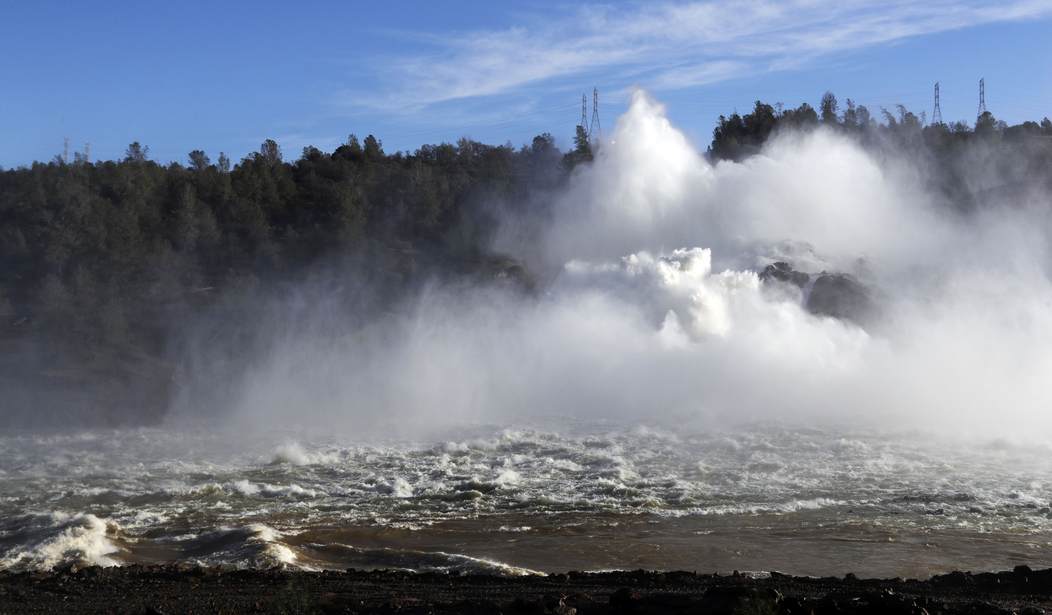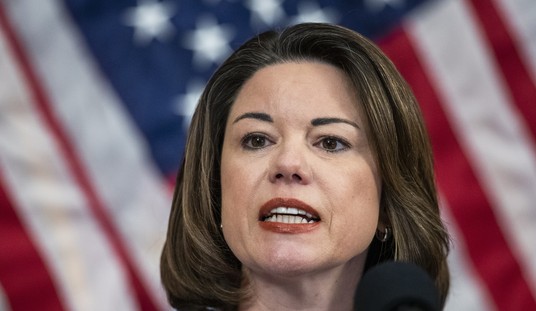As my colleague Jerry Wilson reported, Governor Gavin “Hair Gel” Newsom has decided that the threat of COVID is just too horrible, and California needs to stay under a state of emergency in order to be able to combat that threat. This, of course, means that Newsom maintains his emergency powers over the State, bypassing the legislature or anyone else who wishes to challenge him.
Anyone who is following the actual science is asking, what threat?
The continued emergency is puzzling, given national trends. The number of new cases is tracking strongly downward and has been since the beginning of September. Florida has gone from a seven-day moving average of over 21,000 new cases daily in August to under 1,500. Even California’s seven-day moving average has gone from nearly 15,000 at the beginning of September to under 6,300. And this is cause for panic how? Other than the panic Newsom and other state officials might feel when they consider how Florida is open for business and California … well, isn’t.
California has a 72.6% vaccination rate. That’s almost three out of four. Which, by my estimation, is a lot. Certainly enough to start talking up that herd protection mantra oft bandied about by our benevolent overlord wannabes.
The threat is Hair Gel finding out he’ll actually have to govern this state at some point, rather than play overlord and use the bogeyman of COVID to maintain control. The City of Oroville, in Northern California, has had enough. No, they are not seceding (yet), but they have done the next best thing as the Southern California Record reports:
A small town in California is setting itself apart as an independent sanctuary from COVID-19 mandates.
The Oroville city council voted 6-1 to approve a resolution on Nov. 2 that establishes the Sacramento-adjacent town as a constitutional republic to protect the individual’s rights and freedoms, according to media reports.
“It’s a deeper question of how much control should the government have over our bodies and, at this point, mandating vaccinations on kids at schools, for me, is crossing the line so, we’re making a stand,” said Scott Thomson, vice mayor of Oroville.
And why not? Newsom has declared California a “sanctuary state” against ICE enforcement throughout the state. Back in 1989, when he was Mayor of San Francisco, he declared San Francisco a sanctuary city against the same. So, the Oroville City Council is merely taking a play from his book.
What’s sauce for the goose… or in today’s case, gravy for the turkey.
CBS Sacramento documented the Oroville City Council’s vote.
CBS is calling it a “Resolution Revolution,” which is apt. Vice Mayor Scott Thompson also made clear that,
“This mandate is not saying we are against laws or for anarchy,” Thomson explains it’s the city’s effort to send a strong message to state and federal leaders. “I think it’s time for us to draw a line in the sand,” he adds. “Enough is enough.”
While this may look like a David v. Goliath situation, Oroville has more than five smooth stones. The city oversees and has their own independent resources, and they could potentially do some serious damage to the State.
Oroville is home to one of the largest man-made dams and nature reservoirs in the country. Lake Oroville is the nexus for California’s State Water Project, providing 39 million people in the state with drinking water, and is the main irrigation hub for 750,000 acres of farmland throughout California. Oroville Dam was built in the ’60s and early ’70s to carry rain water and snowpack from the Sierra Nevada mountains to parts of the San Francisco Bay, Central Valley, and Southern California. The dam is also a power station, so Oroville residents rely on its full function and operation for their utilities.
In April, the dam was almost dry thanks to the State’s mismanagement of water, cutting off access for farmers and growers, but still allowing Delta water to flow to the ocean in order to protect the Delta smelt. Newsom’s Plumpjack wineries? They were under no such restrictions.
The California Globe reported:
The state uses about 47.5 percent of its developed water supply for the environment, including wild river flows, managed wetlands and wildlife preserves, habitat and water quality control for fish, and required Delta outflows, according to the Department of Water Resources. Water is diverted in times of drought and times of plenty to the Sacramento-San Joaquin Delta, leaving much less for irrigation or for Californians to drink, and now a recently passed law requires residents to be limited to 55 gallons per day in the near future.
So, the battle between Oroville and the California government is long and bitter, but became particularly pronounced over the last few years of Newsom’s reign, as U.S. Rep. Doug LaMalfa told the Globe:
“Lake Oroville was at full capacity two years ago, as well as in 2017,” said LaMalfa. “This dam was designed to provide water and power through five years of drought. Governor Newsom’s administration mismanaged and wasted so much water that Oroville ran out of water in just a year and half. Throughout the winter and spring, the state let water out of the lake, ignoring that we were in a drought. The government has used our water for its pet projects like the delta smelt, a fish no one has found a single one of in over three years. Yet families and farms have seen dramatic cutbacks in their water availability. Mismanagement of our water means we lose 450 megawatts of power, recreation, drinking water, water for farms and water for fall run salmon. Everybody loses because of the states wasteful management,” LaMalfa said.
I suspect that part of this power play is to wrest control of one of the State’s critical resources from Sacramento, whose water boards are favorable to Newsom, and return the Dam to local government control. Having the power and say so to divest Sacramento and San Francisco from not only water resources, but some degree of power usage, could send a clear message.
But the Oroville City Council resolution also involves national concerns. Biden’s Executive Orders 14042/14043, and the OSHA-engineered mandate that followed requires employees who work for large corporations to be fully vaccinated or risk losing their jobs. While the 5th Circuit Court of Appeals has the OSHA mandate under stay pending rulings on the lawsuits opposing the mandate now in the 6th Circuit Court of Appeals, Vice Mayor Scott Thompson told the Southern California Record that it is a huge point of concern for Oroville’s city management.
The Oroville city council’s resolution creates a path to opt-out of enforcing state or federal orders on their 20,000 residents that the council considers in violation of constitutionally protected rights or that are overreaching.
“More than anything, it’s a declaration that we don’t agree with the way our government is handling this,” Thomson told the Southern California Record. “Pushing something that does have a risk on everybody is a violation of our freedoms and the sad thing is our country used to be one where we live and let live and where we can agree to disagree. The sense is that this country is being radicalized on both sides and being able to have an open objective discussion doesn’t appear to be happening in our current political climate.”
Not complying with federal or state mandates could cause the city to lose eligibility for funding, however, and Thomson said the city is prepared.
“We did pass our own tax measure in the last election,” he said. “On open.gov, you can see we’re doing pretty well financially. We have millions in surplus and not to say that if the state were to cut funding on a specific thing, that it wouldn’t hurt our citizens, but, it would be hypocritical if Gov. Newsom did that when San Francisco didn’t face any financial repercussions.”
Oroville leads the way. Will other freedom loving cities and counties in California follow?














Join the conversation as a VIP Member